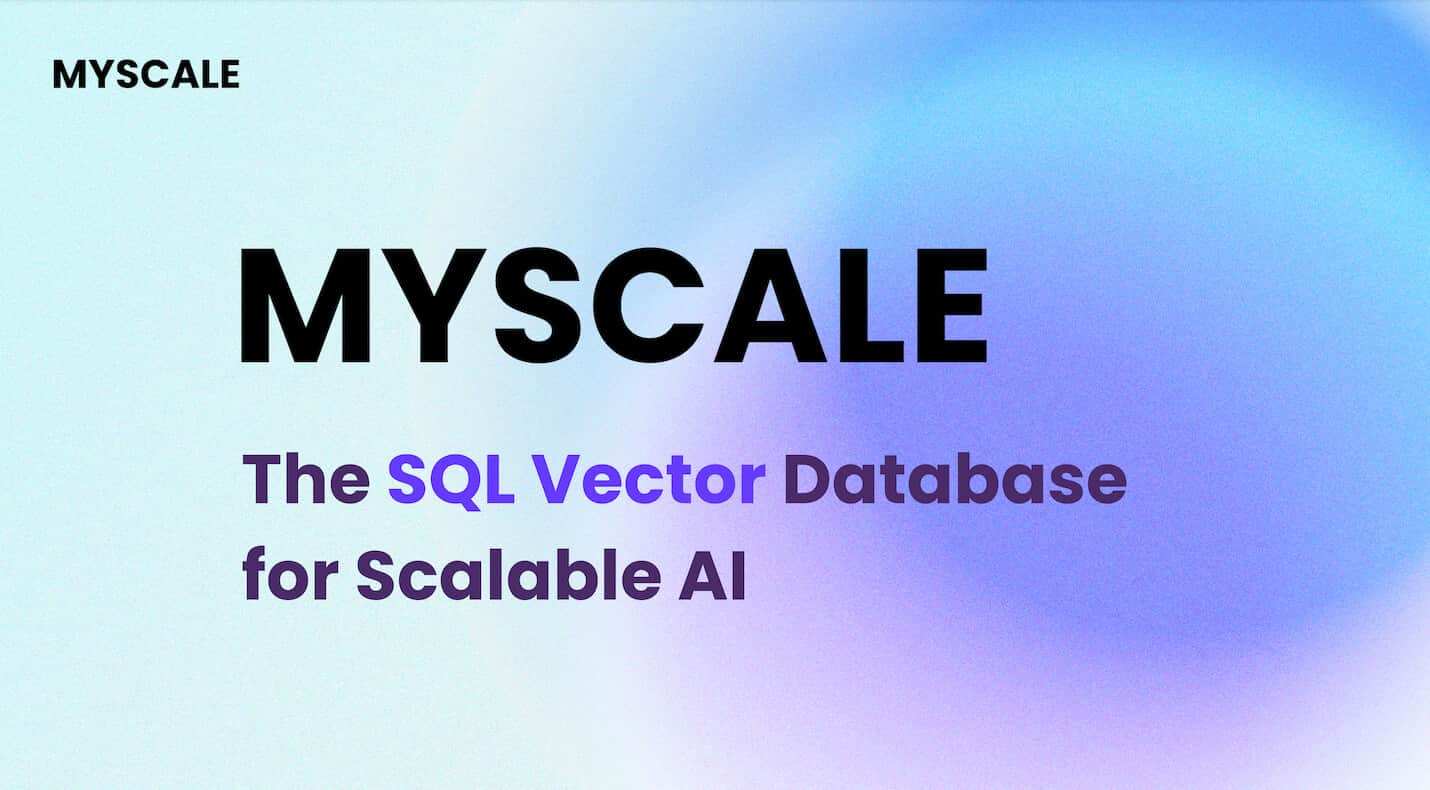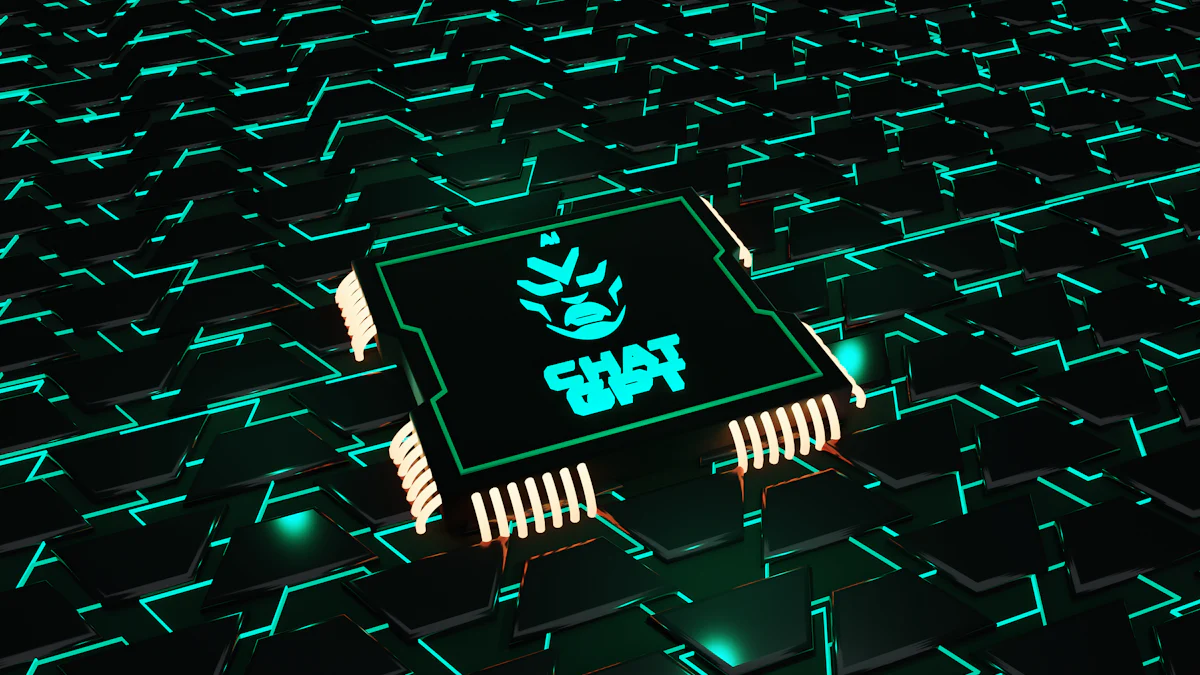
In the realm of audio AI, technological advancements have revolutionized how we interact with machines. The journey of audio processing in AI has been a fascinating evolution, paving the way for more immersive user experiences. Today, two prominent players stand out: GPT-4o and WhisperV3 (opens new window). These cutting-edge technologies represent the pinnacle of innovation in the audio domain, offering unparalleled capabilities and redefining the boundaries of what is possible.
# GPT-4o Audio Capabilities
# Real-Time Responsiveness
In the realm of audio AI, GPT-4o stands out for its exceptional real-time responsiveness. Understanding the nuances of latency and accuracy is crucial in delivering seamless interactions. The patented GPT-4o Real-Time Conversation Model by OpenAI (opens new window) showcases improved text, video, and visual capabilities, ensuring faster response times. This model can comprehend and discuss images with precision, offering translations, context, and recommendations promptly.
# Understanding Latency and Accuracy
The GPT-4o Features and Pricing patent highlights its unmatched speed and affordability compared to previous models. With a focus on real-time conversation capabilities, GPT-4o delivers responses that are not only up-to-date but also comprehensive. Its ability to process larger text segments enhances user experiences by providing detailed and accurate information swiftly.
# Integration with Other Modalities
GPT-4o excels in integrating various modalities such as speech, text, and vision into a unified platform. The GPT-4o Multimodal Integration patent underscores its prowess in combining text and images within a single model. This integration boosts accuracy and responsiveness in human-computer interactions significantly.
# Speech, Text, and Vision Synergy
By leveraging the strengths of different modalities, GPT-4o ensures a synergistic approach towards enhancing user experiences. Its multilingual support coupled with advanced vision tasks sets new benchmarks for AI capabilities across diverse linguistic landscapes.
# Language Support
One of the standout features of GPT-4o is its real-time translation abilities across 50 languages. The GPT-4o Comparison with GPT-4 Turbo patent reveals how it outperforms its predecessors in non-English languages while maintaining superior performance in English tasks.
# User Accessibility
When it comes to user accessibility, GPT-4o shines with its inclusive approach to engaging users across various modalities. The *GPT-4o Multimodal AI Model* patent (opens new window) by OpenAI underscores the model's ability to understand and generate content seamlessly, spanning text, images, and audio. This innovative feature opens up a world of possibilities for users, including those on free plans.
# Subscription Models and Rate Limits
In terms of accessibility, GPT-4o offers a user-friendly experience without the need for special subscriptions. Users can leverage the model's capabilities through Chat Completions API, Assistants API, and Batch API. The *GPT-4o Audio Transcription API* patent (opens new window) highlights its Turbo-level performance in text comprehension, reasoning tasks, and coding intelligence. Moreover, GPT-4o ensures affordability with responses that are not only faster but also more cost-effective compared to previous models.
# WhisperV3 Audio Processing
# Audio-to-Text Conversion
WhisperV3 emerges as a formidable player in the realm of audio processing, particularly excelling in accurate audio-to-text conversion. Its cutting-edge technology ensures precise transcription across multiple languages (opens new window), catering to a diverse user base with varying linguistic needs. By leveraging advanced algorithms and machine learning, WhisperV3 sets a new standard for converting spoken words into written text with exceptional clarity and efficiency.
# Accuracy Across Languages
The strength of WhisperV3 lies in its ability to maintain high accuracy levels regardless of the language being processed. Whether it's English, Spanish, Mandarin, or any other language, WhisperV3 consistently delivers reliable transcriptions that capture the nuances and intricacies of each spoken word. This versatility makes WhisperV3 a valuable tool for global users seeking precise and reliable audio-to-text conversion solutions.
# Whisper and GPT-4o Synergy
The collaboration between WhisperV3 and GPT-4o marks a significant milestone in enhancing overall performance. By combining the strengths of both technologies, users can experience an unprecedented level of accuracy and efficiency in audio processing tasks. The seamless integration of WhisperV3 with the real-time responsiveness of GPT-4o results in an enhanced user experience that transcends traditional boundaries.
# Combining Strengths for Enhanced Performance
Together, WhisperV3 and GPT-4o create a synergy that elevates audio processing capabilities to new heights. The fusion of accurate audio-to-text conversion from WhisperV3 with the real-time responsiveness and multilingual support of GPT-4o unlocks endless possibilities for users across various industries. This collaboration not only streamlines workflows but also enhances productivity by providing accurate and timely audio processing solutions.
# Limitations and Workarounds
When delving into the realm of audio processing, it becomes apparent that even groundbreaking technologies like WhisperV3 have their share of limitations. Addressing these shortcomings is crucial to ensure a seamless user experience. One notable challenge with WhisperV3 lies in its occasional struggle with accents and dialects, impacting the accuracy of transcriptions. Users may encounter discrepancies in transcription quality when dealing with non-standard speech patterns or regional variations.
# Addressing WhisperV3's Shortcomings
To mitigate these challenges, users can leverage alternative strategies to enhance transcription accuracy. Implementing pre-processing techniques such as accent normalization or training the model on diverse linguistic datasets can improve WhisperV3's performance across different language nuances. Additionally, incorporating post-processing algorithms to refine transcriptions and correct errors can further enhance the overall output quality.
By acknowledging these limitations and implementing effective workarounds, users can maximize the potential of WhisperV3 while mitigating its inherent challenges in handling diverse audio inputs.
# Comparative Analysis
# Performance Benchmarks (opens new window)
When comparing GPT-4o and WhisperV3 in terms of performance benchmarks, several key metrics come into play. GPT-4o showcases unparalleled speed and accuracy in processing audio inputs, setting a new standard for real-time responsiveness. On the other hand, WhisperV3 excels in maintaining high accuracy levels across various languages during audio-to-text conversion tasks. The collaboration between these two technologies has led to significant advancements in speech recognition and transcription capabilities.
# Speed and Accuracy Comparisons
GPT-4o outshines its competitors with lightning-fast response times without compromising on accuracy. Its ability to process complex audio data swiftly makes it a top choice for applications requiring real-time interactions (opens new window). Conversely, WhisperV3 focuses on precision and consistency, ensuring that every spoken word is transcribed with utmost clarity and fidelity.
# Feature Set Comparison
In comparing the feature sets of GPT-4o and WhisperV3, it becomes evident that each technology offers unique capabilities tailored to different user needs.
# Unique Features and Overlapping Capabilities
While GPT-4o boasts advanced multilingual support and real-time translation abilities, WhisperV3 shines in accurate audio-to-text conversion across languages. The integration of both technologies presents users with a comprehensive solution that combines the strengths of each platform for enhanced performance across diverse use cases.
# Use Case Suitability
When it comes to choosing between GPT-4o and WhisperV3, understanding the specific use case requirements is paramount. Developers looking for real-time responsiveness and seamless integration across modalities may lean towards GPT-4o, while those prioritizing precise audio-to-text conversion might opt for WhisperV3. Ultimately, selecting the most suitable technology depends on the desired outcomes and application scenarios.
# Future Developments
# Anticipated Innovations from OpenAI
As the landscape of AI continues to evolve, OpenAI remains at the forefront of cutting-edge advancements in speech recognition and audio processing technologies. Collaborating with industry leaders like Deci's Infery (opens new window), OpenAI is poised to unveil groundbreaking developments that will shape the future of human-computer interactions.
Testimonials:
- Chatbot development company:
"Infery was instrumental in reducing latency by 1.92x without compromising accuracy, revolutionizing real-time transcription applications for customer service call centers."
- OpenAI:
"Whisper, optimized with Infery, heralds a new era in efficient customer service platforms, assistive technologies, and smart device functionalities. The fusion of Whisper and Infery promises enhanced speech recognition capabilities (opens new window) that will redefine how we engage with spoken language."
These strategic partnerships underscore OpenAI's commitment to driving innovation across diverse sectors, from customer service optimization to assistive technologies. The upcoming enhancements (opens new window) are poised to revolutionize user experiences and set new benchmarks for AI-driven audio processing solutions. Stay tuned as OpenAI continues to push the boundaries of what is achievable in the realm of audio AI.
In reflecting on the dynamic landscape of audio AI, it becomes evident that both GPT-4o and WhisperV3 offer distinct strengths (opens new window) that cater to diverse user needs. The fusion of GPT-4o's real-time responsiveness with WhisperV3's precise audio-to-text conversion capabilities heralds a new era in audio processing technologies. As users and developers navigate this evolving terrain, the implications are clear: enhanced user experiences, streamlined workflows, and groundbreaking innovations await those who harness the power of these cutting-edge tools.



